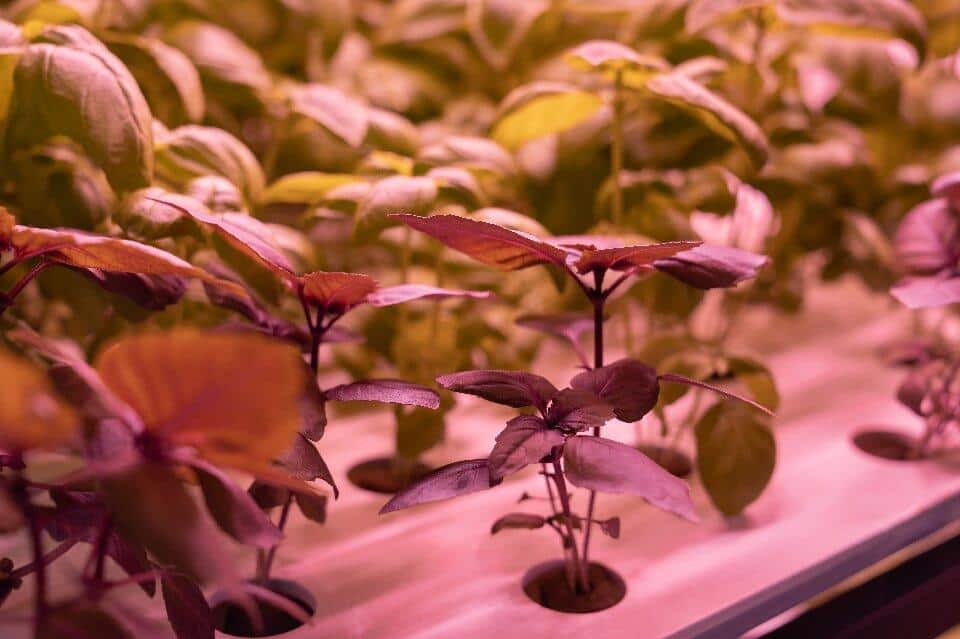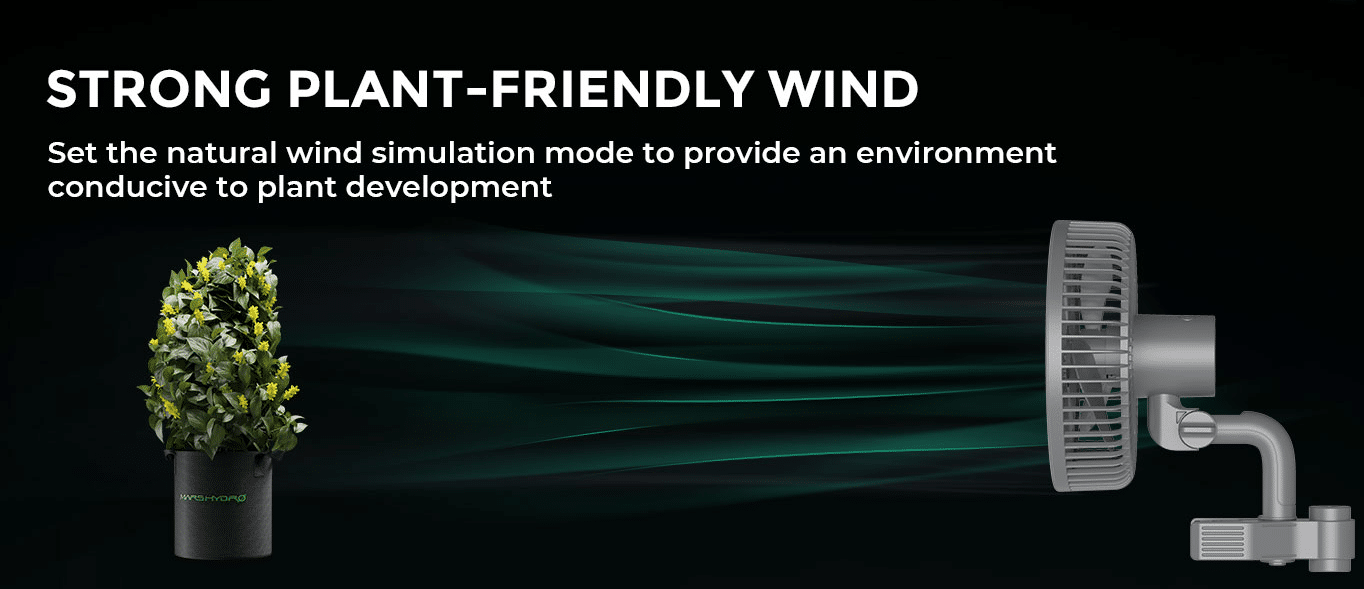Achieving the right balance of airflow and humidity control in a grow tent is essential for creating an optimal environment for plant growth. Properly managed airflow ensures that plants receive the necessary CO2, strengthen their structure, and prevent issues like mold and mildew.
Meanwhile, controlling humidity levels helps to avoid problems such as nutrient deficiencies and pest infestations. In this article, we’ll explore the best practices for maintaining ideal airflow and humidity in your grow tent, ensuring healthy, thriving plants.
The Importance of Airflow in Grow Tents
Airflow is a crucial component of a successful grow tent setup. Without sufficient air movement, plants can become weak, CO2 levels can drop, and excess moisture can lead to fungal growth. Here are some key reasons why airflow matters:
- Strengthening Plant Stems: Consistent airflow mimics the natural wind conditions plants would experience outdoors. This movement helps to strengthen plant stems, making them more resilient and capable of supporting heavy fruits or flowers.
- Preventing Mold and Mildew: Stagnant air creates pockets of humidity, which can become breeding grounds for mold and mildew. These issues not only damage plants but can spread quickly, ruining entire crops. Good airflow helps disperse moisture, reducing the risk of these problems.
- Optimizing CO2 Levels: Plants require CO2 for photosynthesis, and without proper airflow, CO2 levels can become depleted in a grow tent. Adequate air movement ensures a steady supply of CO2, which is essential for robust plant growth.
Best Practices for Managing Airflow in Grow Tents
1. Install a Quality Ventilation System
The foundation of good airflow in a grow tent is a reliable ventilation system. An effective setup typically includes an inline fan, ducting, and exhaust ports. The Mars Hydro Inline Duct Fan is an excellent choice for this purpose, offering powerful yet quiet operation. These fans are designed to pull stale air out of the tent and bring in fresh air, maintaining a healthy exchange of gases and regulating temperature.
When setting up your ventilation system, ensure that the exhaust fan is positioned at the top of the tent, where hot air tends to rise. This will efficiently remove excess heat and humidity from the tent. Additionally, make sure that your intake vent or fan is positioned near the bottom of the tent, allowing cooler, fresh air to enter.
2. Use Oscillating and Clip-On Fans
While an inline fan takes care of air exchange, oscillating fans and clip-on fans are essential for circulating air within the grow tent. Oscillating fans move air throughout the entire space, preventing stagnant areas where humidity can build up. Position these fans at different levels to ensure that all parts of the plants receive adequate airflow.
Clip-on fans, such as those offered by various manufacturers, are particularly useful in smaller grow tents where space is limited. These fans can be easily attached to the tent’s poles and positioned to target specific areas that need extra air movement. This helps in strengthening plant stems and preventing localized humidity issues.
3. Monitor and Adjust Fan Speeds
Controlling the speed of your fans is important for maintaining optimal airflow without over-drying the environment. Many high-quality inline fans, including those from the Mars Hydro series, come with speed controllers. Adjusting the fan speed allows you to fine-tune the airflow based on your plants’ needs and the stage of growth they are in.
During the early stages of growth, when seedlings are delicate, you might want to run fans at lower speeds to avoid stressing the plants. As plants mature and their foliage becomes denser, you can increase the fan speed to ensure adequate air circulation throughout the tent.
4. Maintain Proper Plant Spacing
Overcrowding plants in a grow tent can severely restrict airflow, leading to hot spots and high humidity pockets. Proper plant spacing is essential to ensure that air can move freely around each plant. This not only reduces the risk of mold but also allows for better light penetration and overall healthier growth.
As a rule of thumb, leave enough space between plants so that the leaves of one plant do not touch the leaves of another. This spacing allows air to circulate freely, preventing moisture buildup on the foliage.
Best Practices for Humidity Control in Grow Tents
1. Monitor Humidity Levels Consistently
Consistent monitoring is the key to effective humidity control. Use a hygrometer to measure the humidity levels in your grow tent regularly. Ideal humidity levels vary depending on the stage of plant growth:
- Seedling Stage: 65-70% humidity
- Vegetative Stage: 40-60% humidity
- Flowering Stage: 40-50% humidity
- Late Flowering Stage: 30-40% humidity
By keeping humidity within these ranges, you can prevent issues like mold, nutrient deficiencies, and slow growth.
2. Use a Dehumidifier or Humidifier as Needed
Depending on your grow tent’s location and the natural humidity levels in your environment, you may need to use a dehumidifier or humidifier to maintain optimal conditions.
- Dehumidifiers: These devices are essential in high-humidity environments, especially during the flowering stage when excess moisture can lead to bud rot. Place a dehumidifier inside the grow tent or in the room where the tent is located to keep humidity levels in check.
- Humidifiers: In dry environments, a humidifier can be used to raise the humidity to ideal levels, particularly during the seedling and vegetative stages. Ensure that the humidifier is properly sized for your grow tent to avoid over-humidification.
3. Adjust Watering Practices
Your watering schedule can also impact humidity levels in the grow tent. Overwatering can lead to excess moisture in the soil, which increases humidity as it evaporates. Adjust your watering practices based on the stage of growth and the specific needs of your plants. Water early in the day to allow excess moisture to evaporate before the cooler night temperatures set in.
4. Use Absorbent Materials
Placing absorbent materials, like silica gel packs or moisture-absorbing crystals, around the grow tent can help manage humidity levels. These materials can be particularly useful in small grow tents where space is limited, and installing a full dehumidifier is not feasible.
Conclusion
Maintaining proper airflow and humidity control in your grow tent is essential for creating a healthy environment where your plants can thrive.
By implementing the best practices outlined above—such as installing a reliable ventilation system like the Mars Hydro Inline Fan Series, using oscillating and clip-on fans, monitoring humidity levels, and adjusting your watering practices—you can optimize your grow tent setup for better plant health, higher yields, and a more successful indoor gardening experience.
Remember, consistent monitoring and adjustments are key to achieving the perfect balance of airflow and humidity, ensuring that your plants have everything they need to grow strong and produce abundant harvests.


